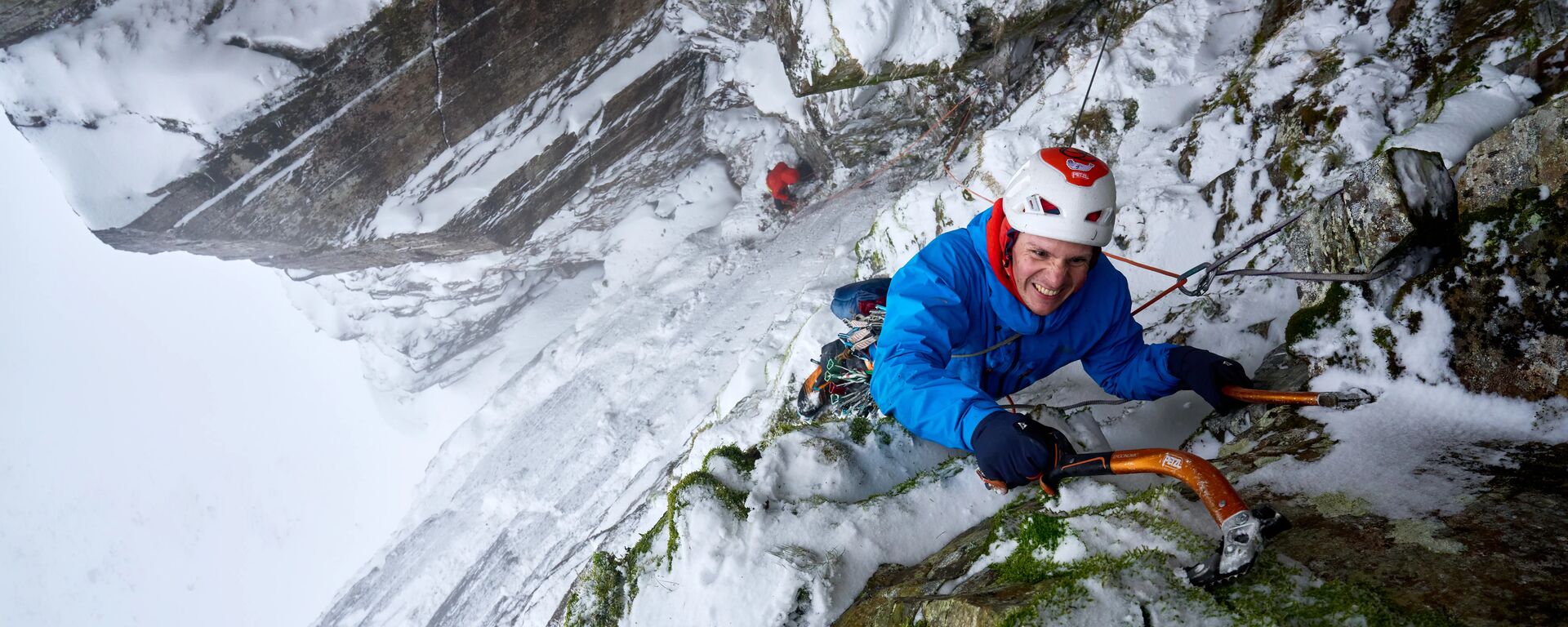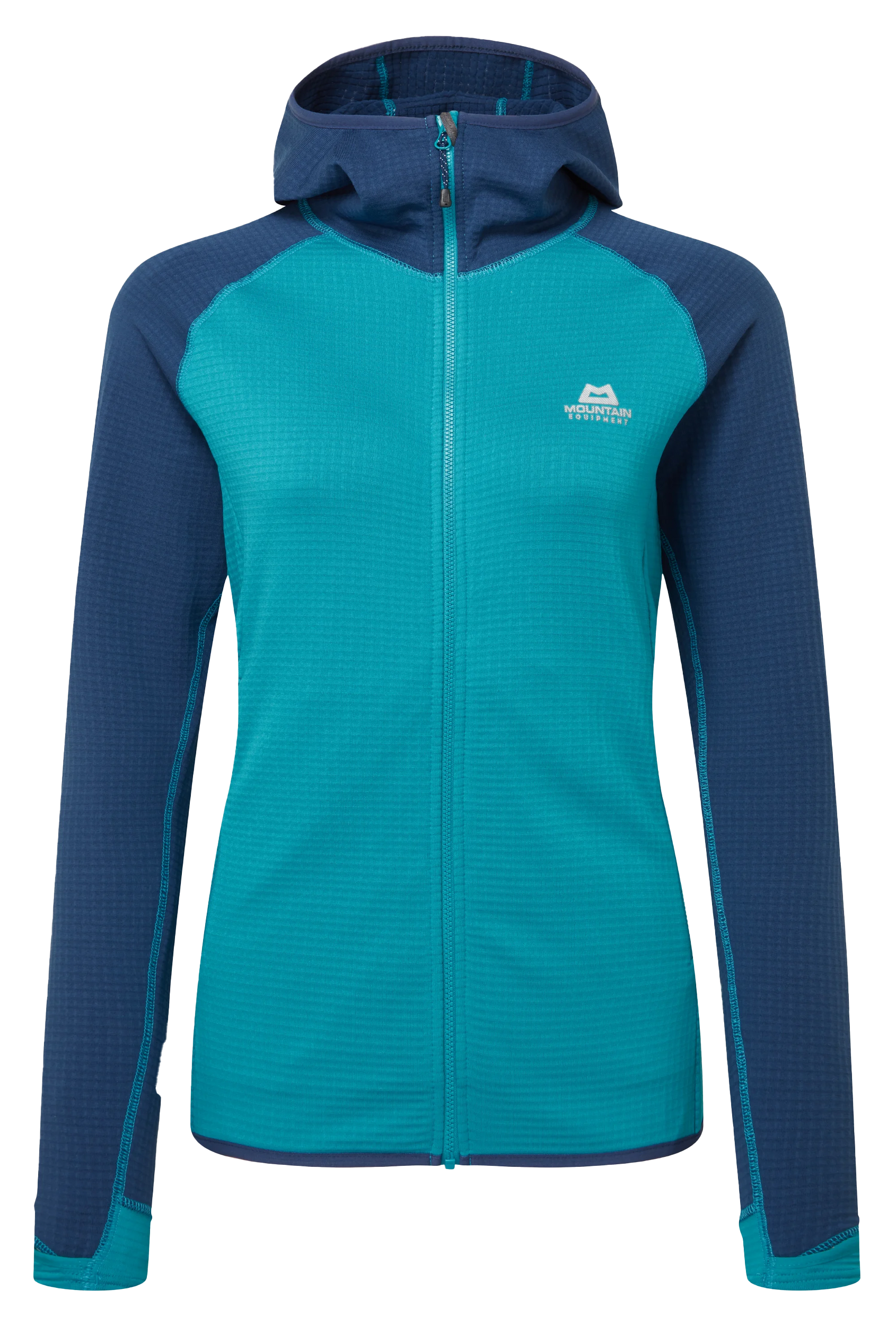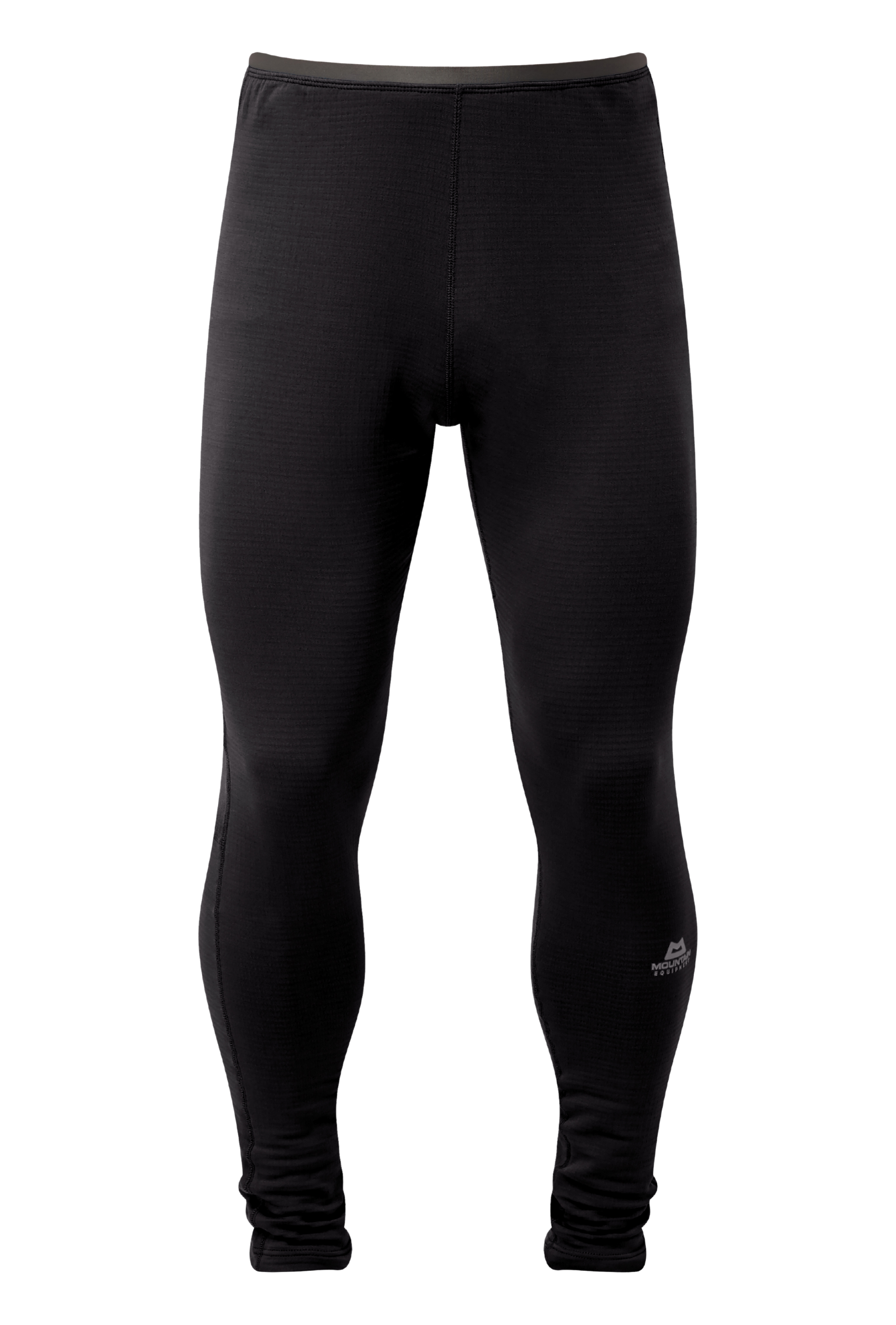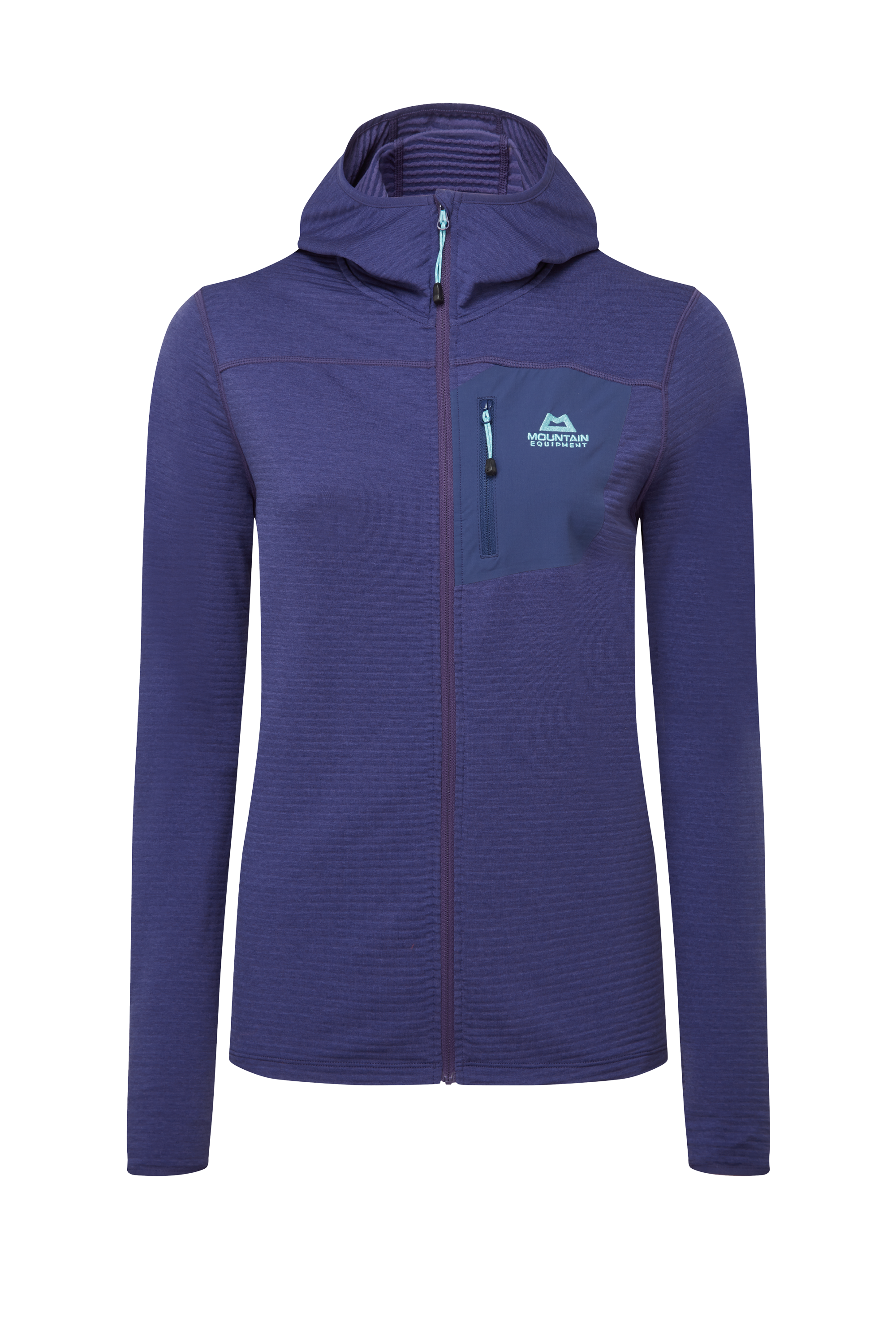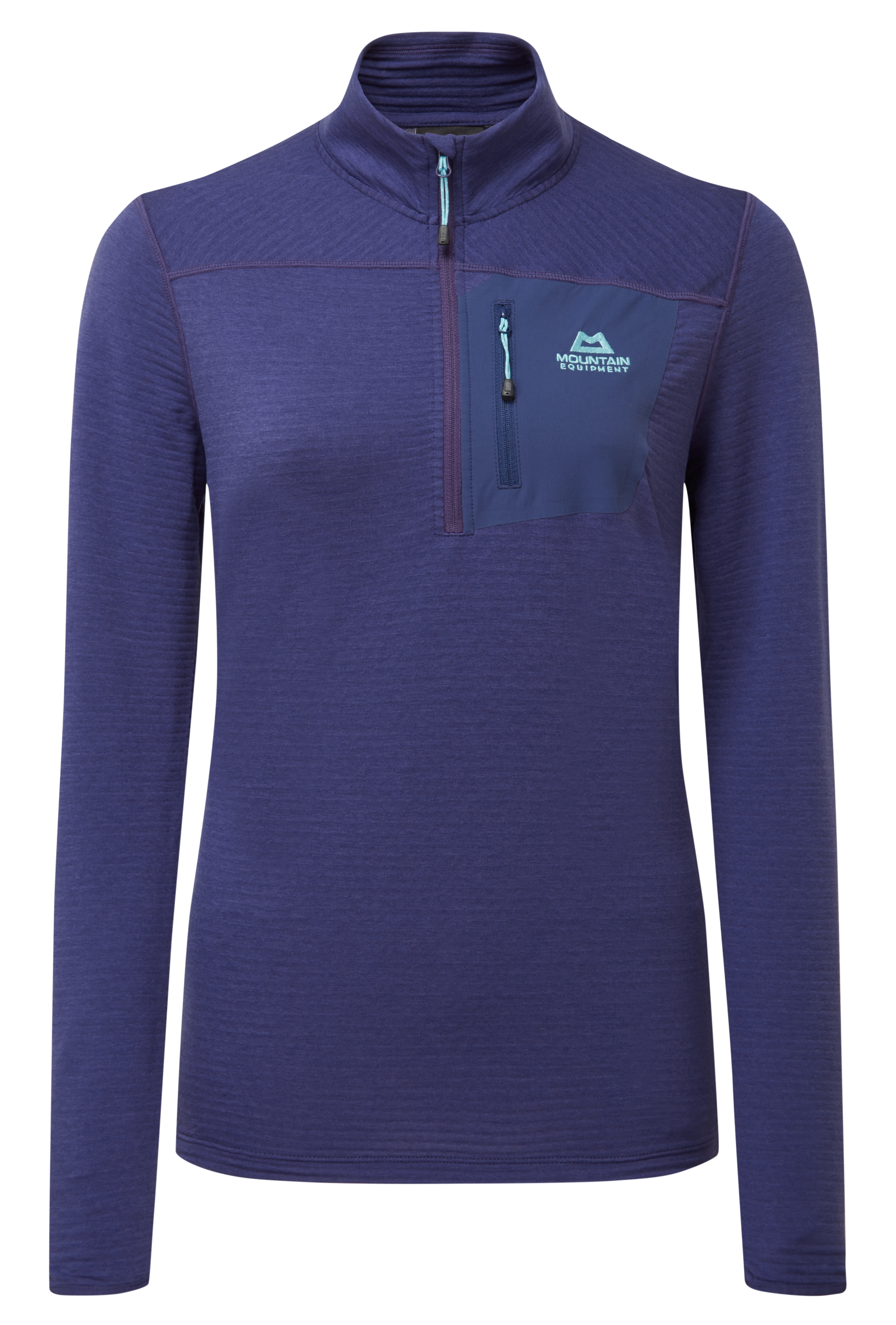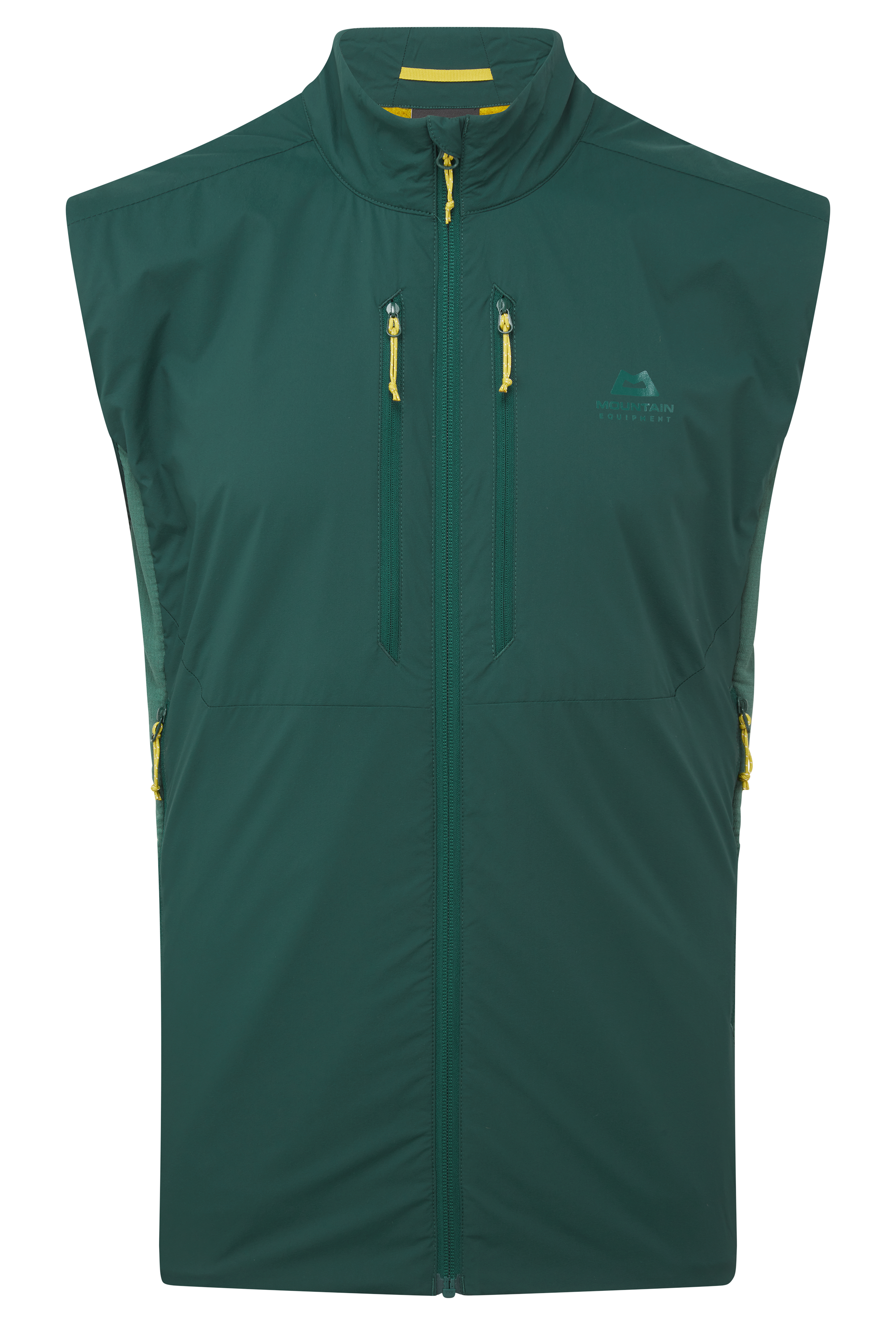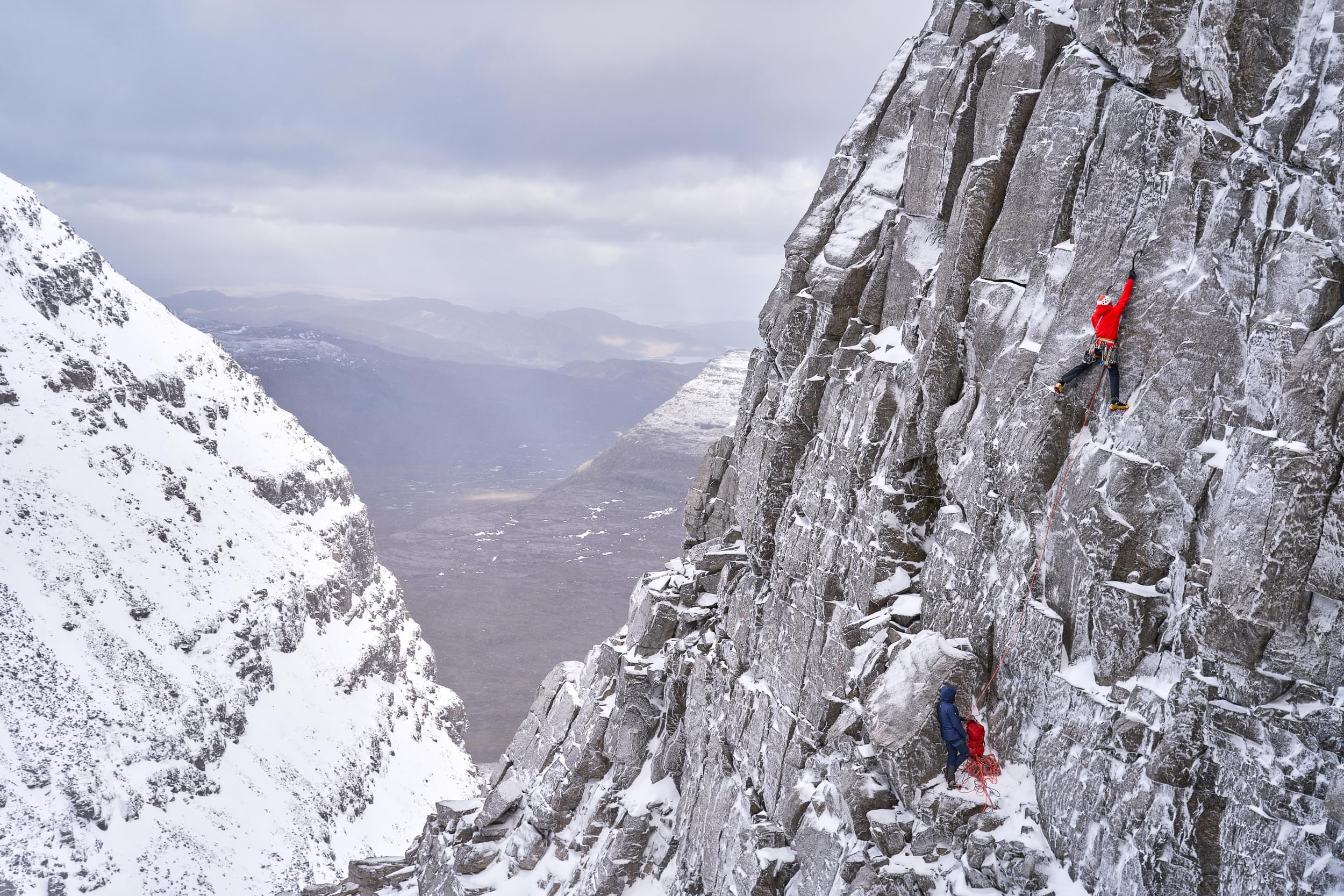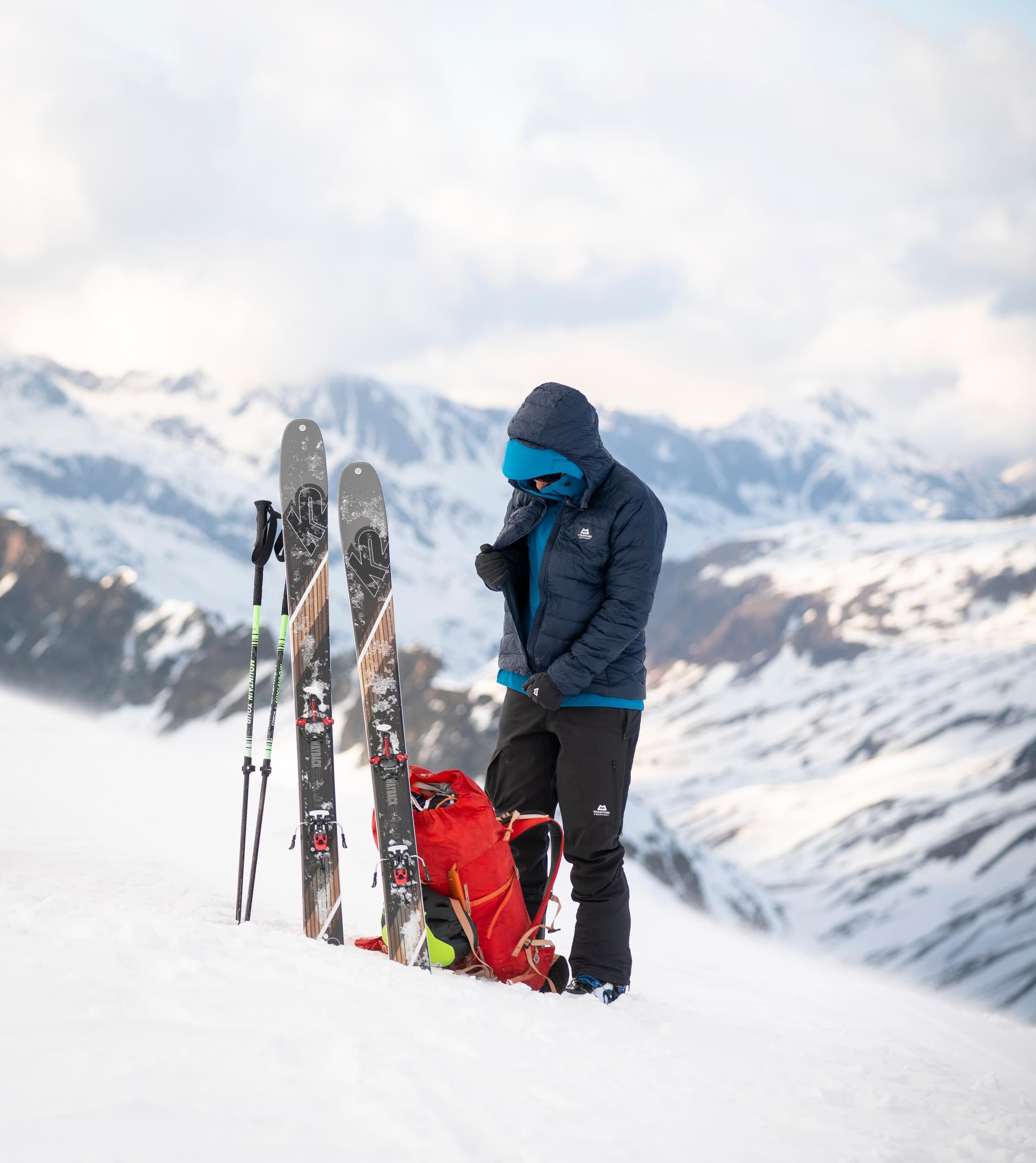Layering clothing for Scottish winter climbing is really difficult. Changeable weather and stop/start activities like climbing and belaying mean that clothing has a hard job keeping you warm and comfortable.
There are many different approaches to choosing what to wear for winter climbing in Scotland. Most use a straightforward approach that combines several layers. Typically, this includes a baselayer, one or more midlayers, a waterproof shell jacket, and a belay jacket. For legwear, climbers often wear baselayer tights or slightly thicker legwear, topped with waterproof shell pants.
Given Scotland's damp weather, it’s important to note that down jackets are generally not recommended as belay jackets. Instead, it’s usually better to opt for a synthetic jacket, which performs better in wet conditions.
Baselayers | The first and vital layer
The primary purpose of a baselayer is to wick sweat away from your skin, helping you stay warm. In winter, we sometimes recommend slightly thicker baselayers for extra warmth, but this should be balanced against the risk of getting too sweaty during intense activity.
When it comes to your legs, baselayer pants are typically worn underneath either Soft Shell or Waterproof Shell pants. In extremely harsh weather conditions, you might find that wearing all three layers is beneficial.
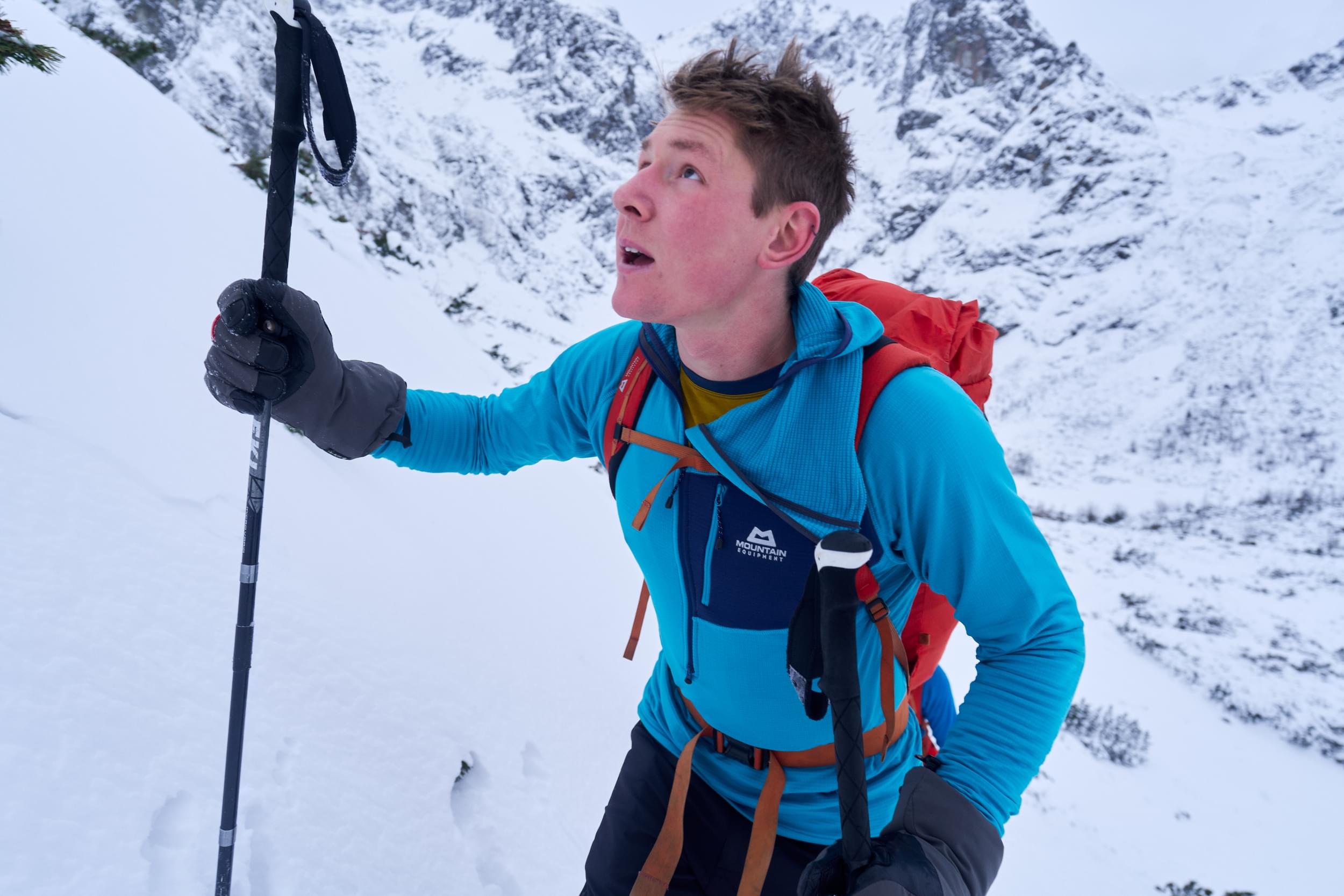
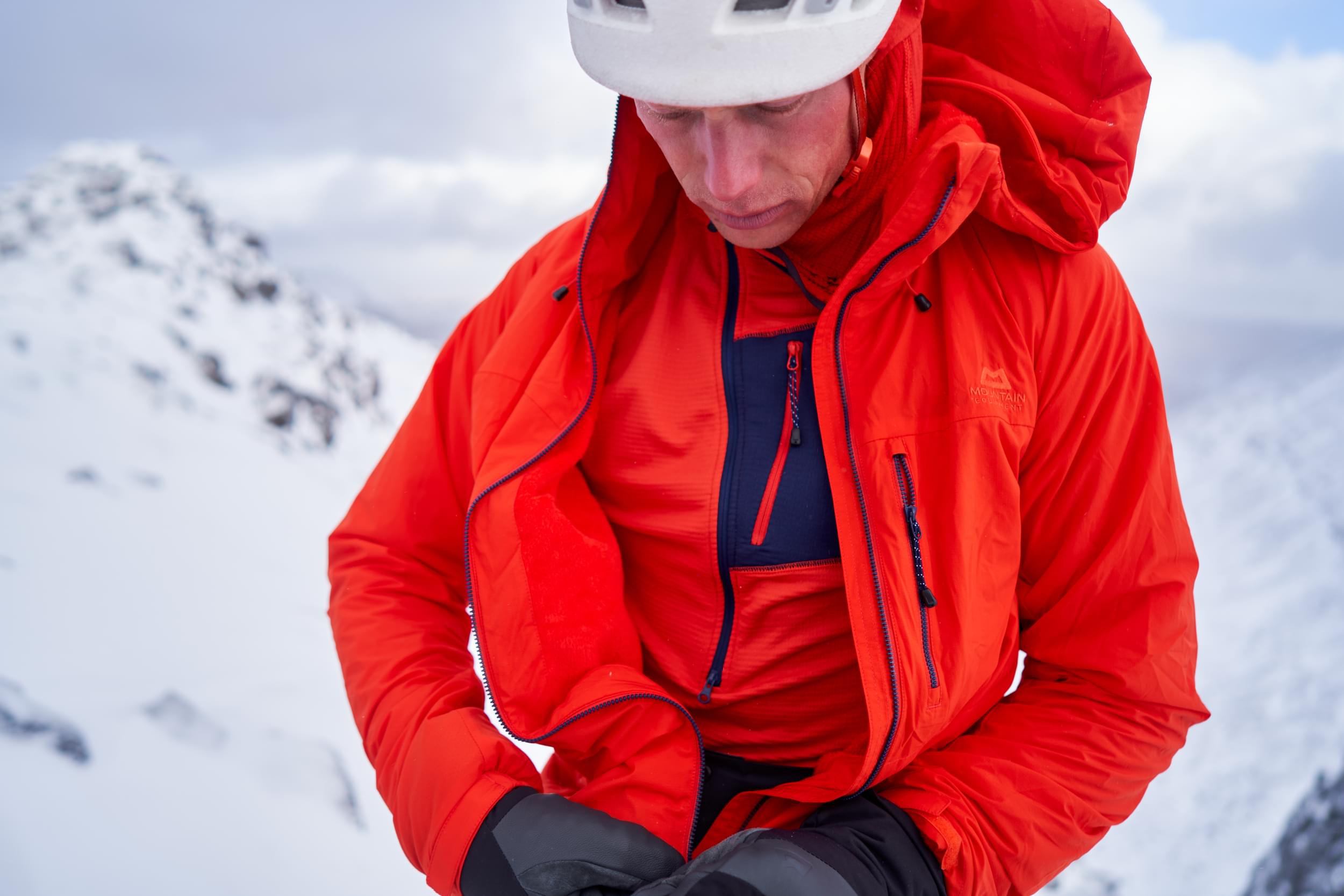
Midlayers | Keeping you warm
A midlayer is designed to keep you warm without causing you to overheat. What midlayer you choose will depend on the weather conditions and your personal sensitivity to cold.
When deciding between a fleece midlayer and a synthetic midlayer, consider their characteristics carefully. Fleece midlayers are very comfortable and breathable, but they lose effectiveness when wet and offer limited wind and weather resistance. On the other hand, synthetic midlayers provide better wind and water resistance but may not be as breathable as fleece, and some people find them to be too warm.
Waterproof Shell | A must for Scotland
The job of your waterproof layer is fairly obvious, to keep you dry. A simple task made more complicated by the other demands of climbing in winter.
Your waterproof shell also needs to be breathable so you don't overheat on the crux move as well as being durable enough to withstand scrapes against the rock as well as wandering ice axes and crampon points. Finally it needs to move with you so you can carry on climbing.
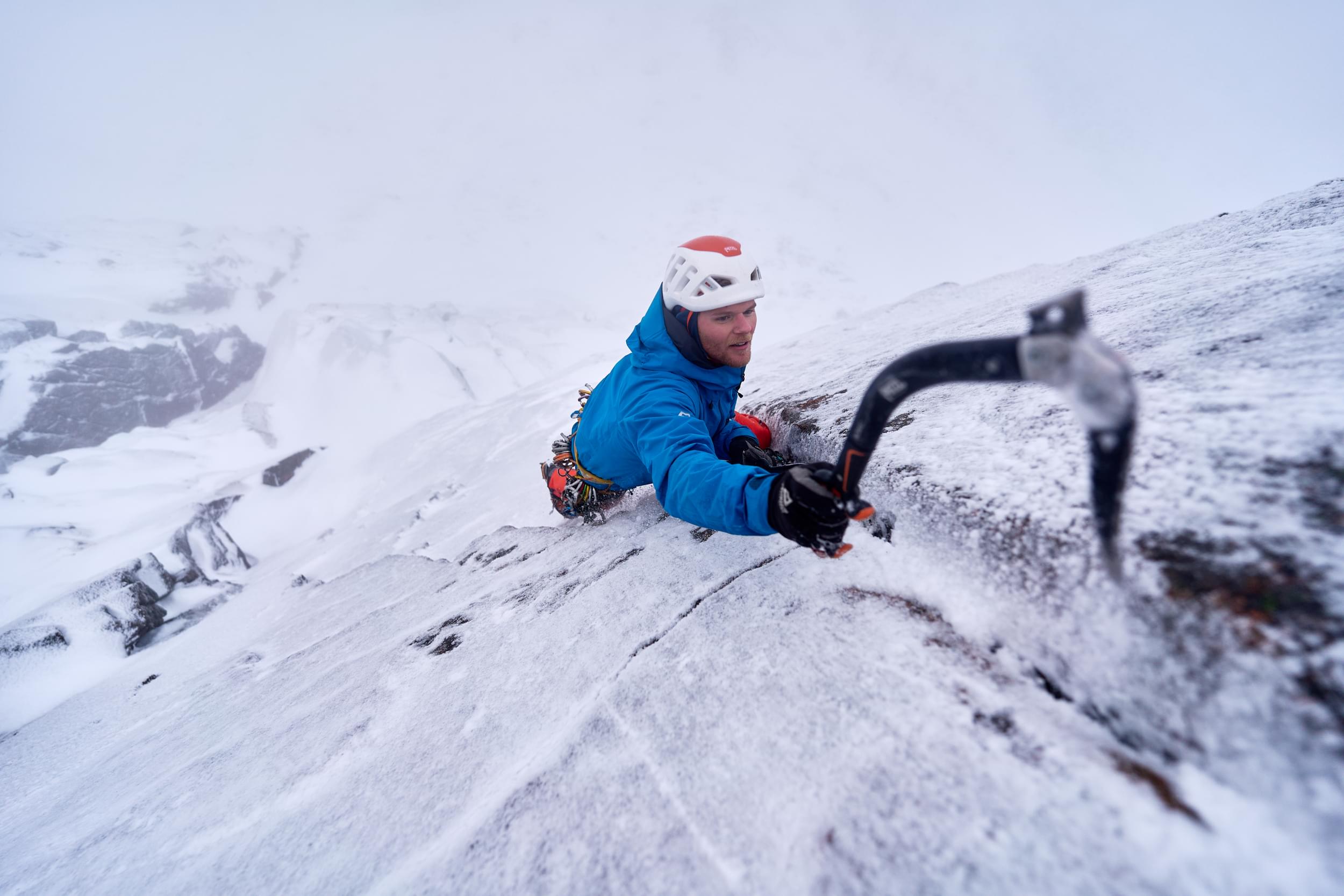
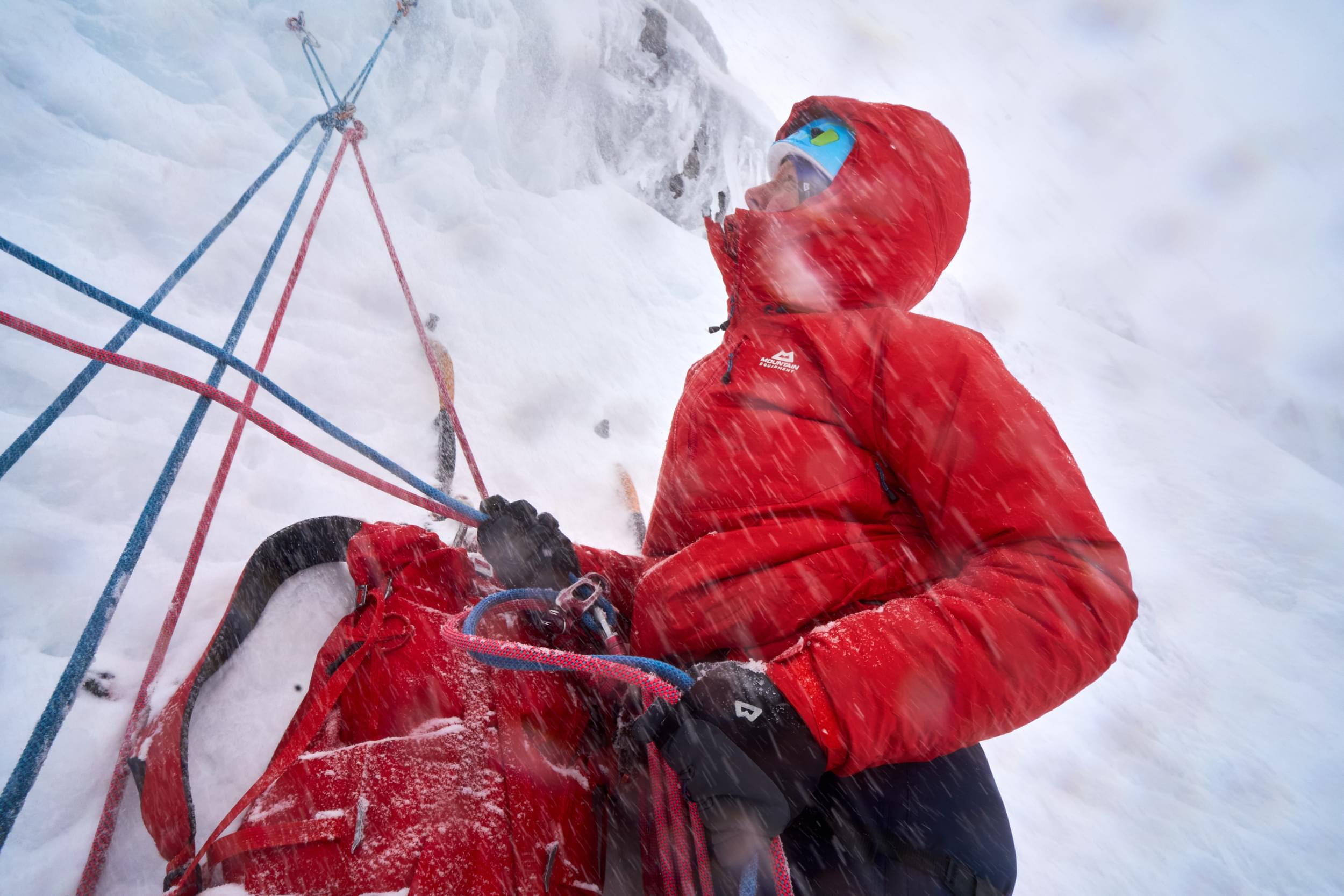
Insulation | Belay Jackets and Lunch Jackets
Your insulation layer serves as your booster layer to trap heat while you're inactive. Especially important while stood on a freezing belay edge or sitting still eating lunch stop. Down Jackets might not be the best option for Scotland as they aren’t effective when wet. We would recommend a synthetic insulated jacket due to its better performance in any and all conditions.
Most of our synthetic jackets designed for winter use are sized to go over all your layers for ease of use, but we would still recommend checking what size you think you need. Although designed to be worn stood still, our attention to detail in the design process means most of these jackets can also be worn when seconding hard pitches. One key thing to look for is a helmet compatible hood so you can batten down the hatches in the worst conditions.
Dave MacLeod's Scottish Winter Layering Guide
“Get your layers right and it can make the whole experience of Scottish winter climbing so much more enjoyable.”
The goal is to have maximum storm protection, without sacrificing freedom of movement, but also at the minimum weight possible.


